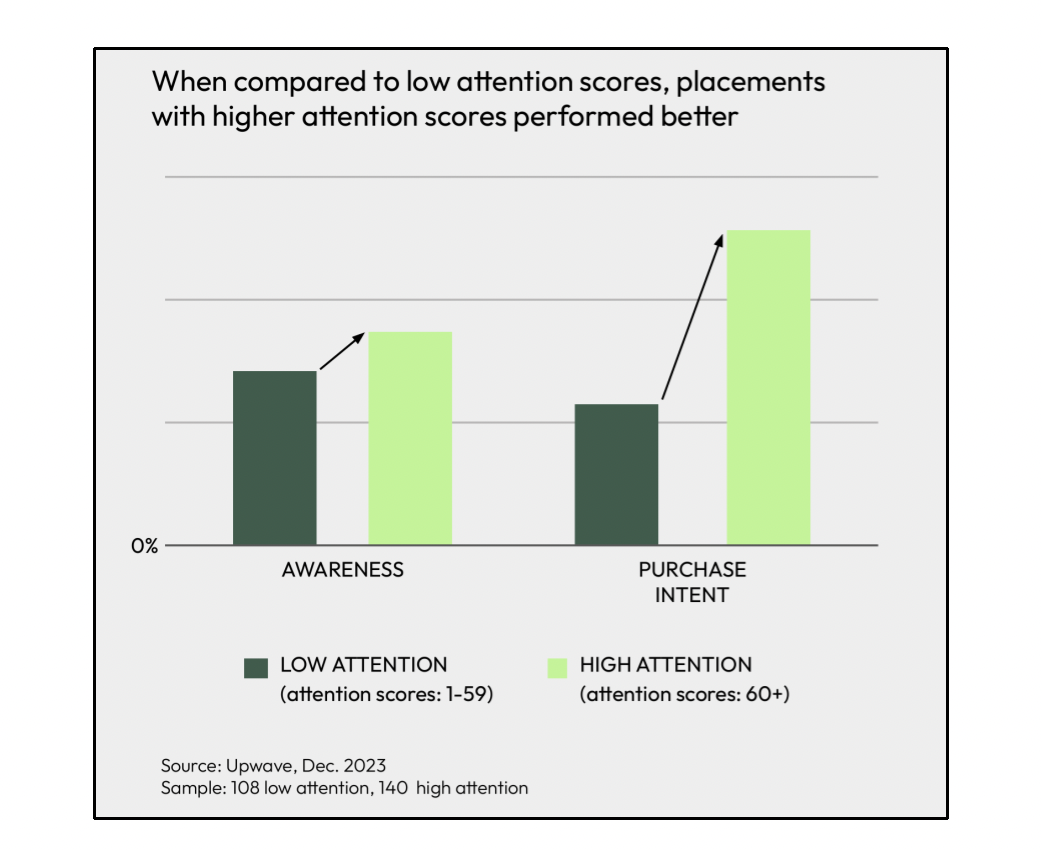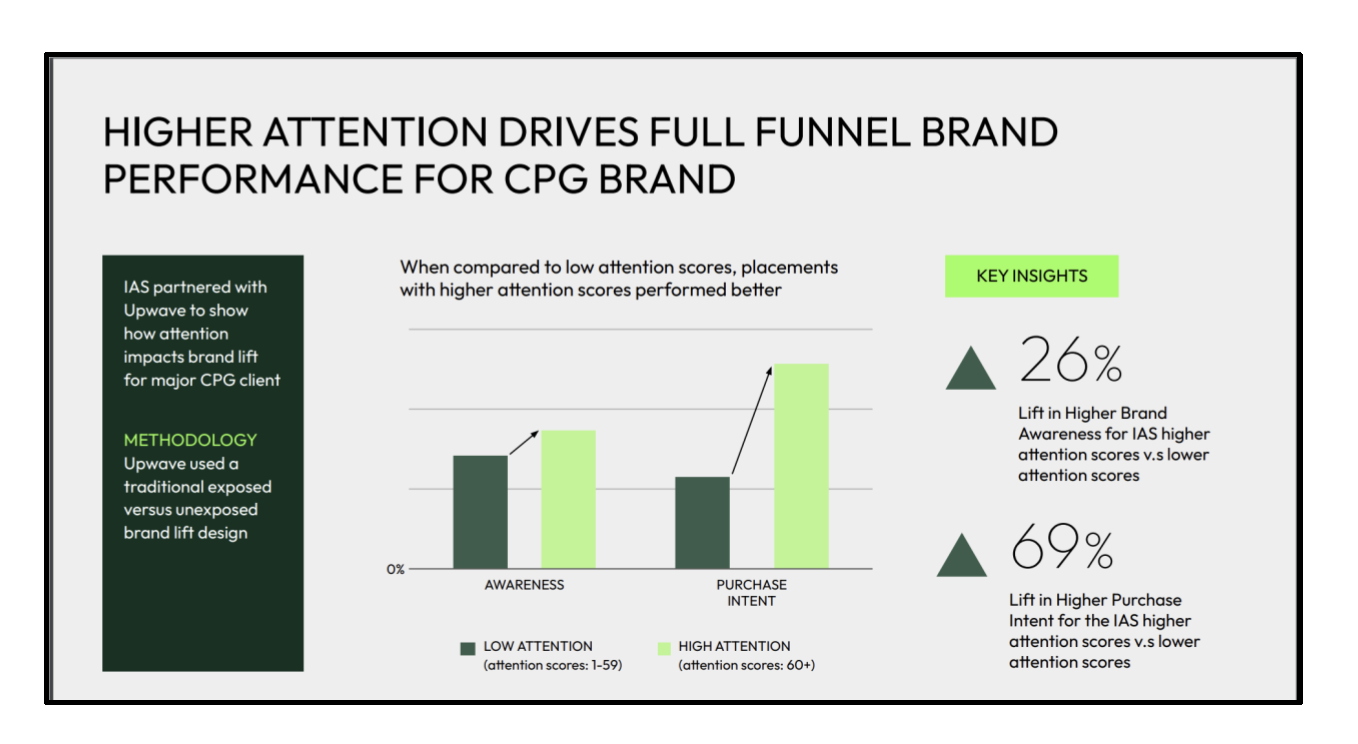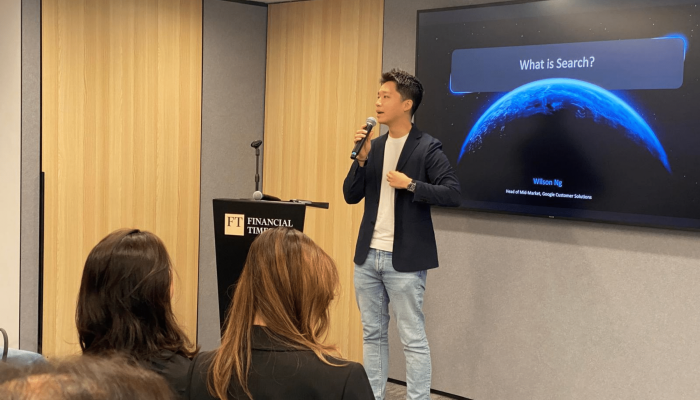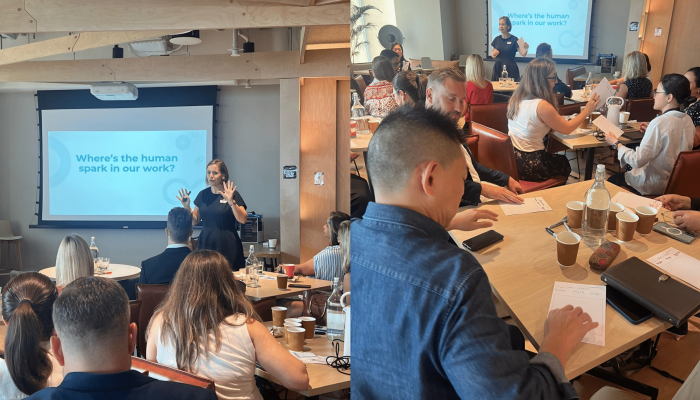Attention is a complex topic in digital advertising. Throughout the past year, a vague concept of attention has quickly skyrocketed to the forefront of marketing strategies – despite there not being a singular solution to harness it or even an agreed-upon definition to characterise it.
We’ve been closely watching the steep rise of attention, aiming to study and define this emerging digital advertising priority. After conducting a series of research studies to better understand attention and how it ties to business results, we crafted an evidence-based definition and a methodological recipe to provide digital marketing professionals with actionable data to optimise attention for better results.
Defining attention in digital advertising
Attention is a measure of whether or not an ad is resonating with consumers and likely to drive results. We found that an ad must be tied to results, like sales, conversions, or brand impact, in order to determine that attention has been achieved.
But how can marketers get their ads to capture consumer attention?
Media quality is a critical piece in driving attention. While human biases and preferences play a role in how attention is directed, it still remains critical for marketers to find a personalised, holistic suite of metrics that help them measure and optimise toward higher consumer attention. There are three key media signals that can predict if an impression is likely to lead to attention and results: Visibility, Situation, and Interaction.
These signals provide actionable insight on attention while simultaneously allowing marketers to implement optimisation strategies to achieve better attention now. In the case study below you’ll get more understanding on how we were able to use the above key signals through IAS Quality Attention to drive brand lift for a CPG brand
IAS Quality AttentionTM Drives Brand Lift For CPG Brand
Integral Ad Science (IAS), a leading global media measurement and optimisation platform, published a case study in partnership with Upwave to understand how higher attention scores can drive better results, for a leader in the CPG beverages industry, across their KPIs: awareness and purchase intent.
Upwave used a traditional exposed versus unexposed brand lift design. The control group served as the baseline and was not exposed to the campaign, while the exposed group saw the campaign. A custom KPI data cut focused on IAS’s Quality AttentionTM broke out as low attention vs. high attention. Scores 1-59 were considered low, and scores 60-100 were considered high.
When compared to low attention scores, placements with higher attention scores performed better.

Key insights of the case study were:
- 26% lift in higher Brand Awareness for IAS higher attention scores vs lower attention scores
- 69% light in higher Purchase Intent for the IAS higher attention scores vs lower attention scores

Quality AttentionTM is proven to unify media quality and eye tracking with machine learning to deliver proven results:
- Measure to understand your baseline: Verify Quality AttentionTM by campaign, environment, format, device type, trends over time, and much more.
- Compare Attention Scores: Compare Quality AttentionTM against the IAS average to identify underperforming campaigns and inform where a deep dive needs to occur for a more detailed understanding of campaign performance.
- Optimise to Attention Scores: Act on low-performing campaigns, media partners, placements, domains and more to understand performance and improve attention scores that drive proven results.
Download the case study to learn more.
Written by Laura Quigley Senior Vice President, APAC at Integral Ad Science
Published on 29 May 2024



